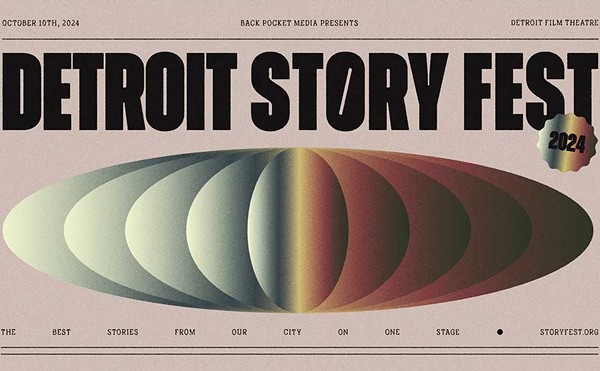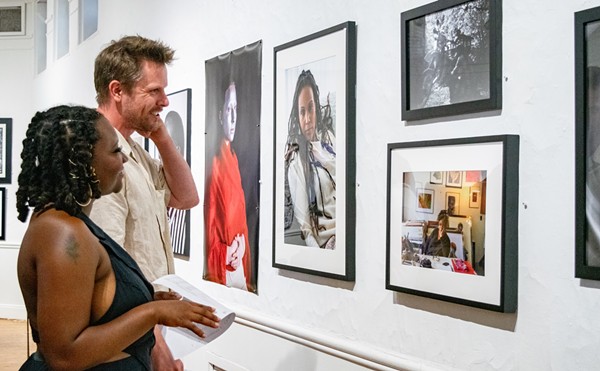Readers of Gabriel García Márquez's 1985 novel, as well as viewers unfamiliar with the Colombian-born author's dense, elegant prose, will notice that something vital is missing from this lush, lackluster adaptation. What's lost in translation from book to screen is the reason why anyone should care that Florentino Ariza (Javier Bardem) has waited 51 years, nine months and four days to again declare his love to Fermina Daza (Giovanna Mezzogiorno), and why he chose the day of her husband's funeral in 1930 to do so.
British director Mike Newell sees Love in the Time of Cholera as an epic love story, and he infuses it with vintage Hollywood grandeur. But something essential is absent from Ronald Harwood's script, which pares García Márquez's story to its basic plot points, and turns a central character, Fermina's husband, Dr. Juvenal Urbino (Benjamin Bratt), into an interloper and pesky distraction.
The film contains numerous declarations of eternal devotion, lots of obvious pining — Colombian actor Unax Ugalde, as the young Florentino, masters the lovesick swoon — and many references to love as a kind of incurable illness (as cholera was in 1879 when the couple meets). Despite the committed performances, it feels as if everyone is just going through the motions.
It doesn't help that the international cast — including Bardem (Spain), Mezzogiorno (Italy), Fernanda Montenegro (Brazil) and Catalina Sandino Moreno (Mexico) — all speak accented English, an old-school Hollywood convention that should have died off with the studio system.
Even at nearly two-and-a-half hours, Love feels half-formed, a complex tale boiled down to a simplistic, almost medieval view of true love as emotional bondage that stunts the maturity of the devotee. That's precisely what happens to Ariza, who, despite a voracious sexual appetite (resulting in over 600 conquests), maintains the giddy naïveté of a love-struck youth.
This adaptation isn't a total washout: It was filmed in and around Cartageña, and the filmmakers embrace the distinct beauty of Colombia, capturing the colonial architecture of the coastal city and verdant wildness of the hilly jungles without becoming a clichéd travelogue.
It isn't until the final scenes — a steamboat journey on the Magdalena River — that the film finally fuses its lovely images with the novel's inherent romanticism. The wise and wizened lovers allow themselves to envision a future together, and raise the flag on fidelity one more time.
Serena Donadoni writes about film and culture for Metro Times. E-mail [email protected].





